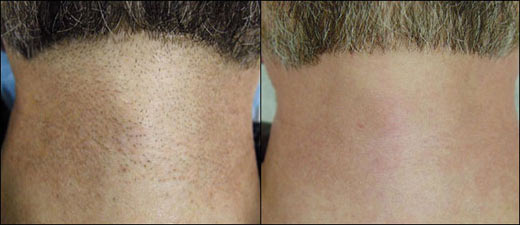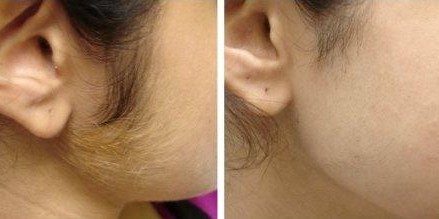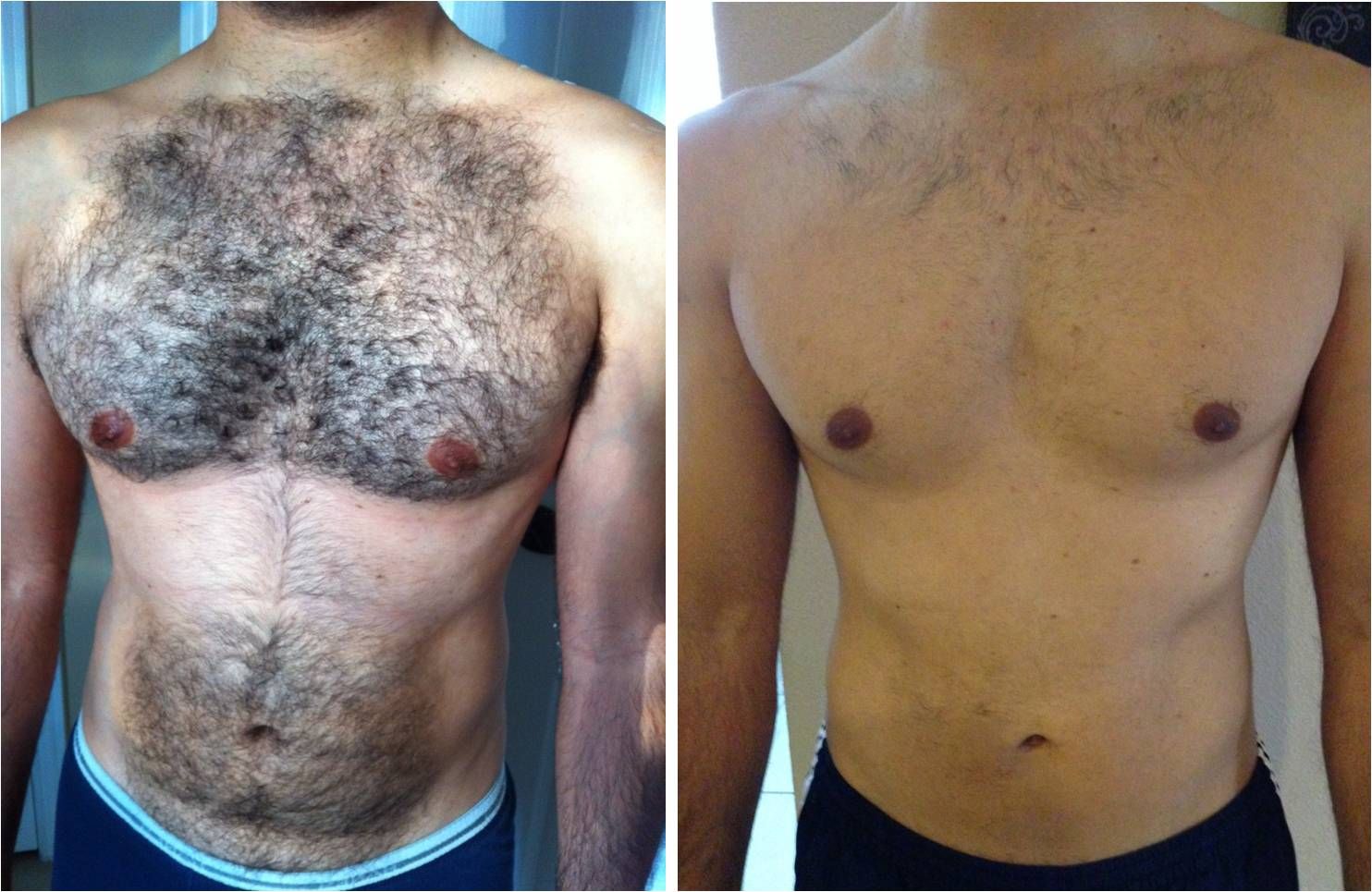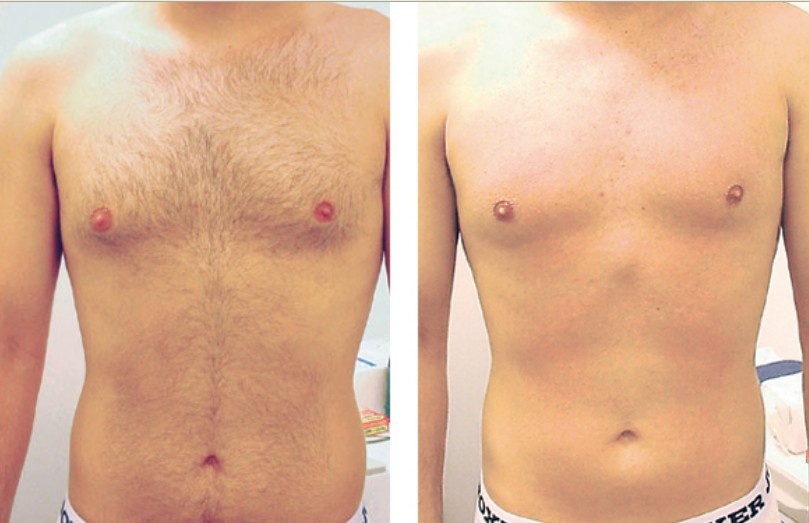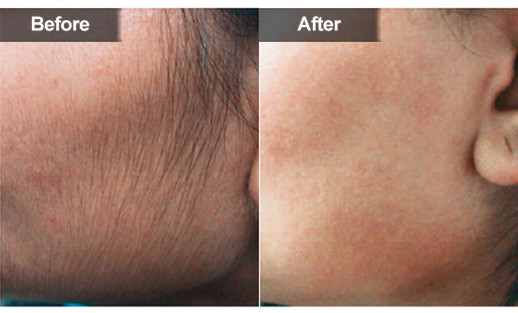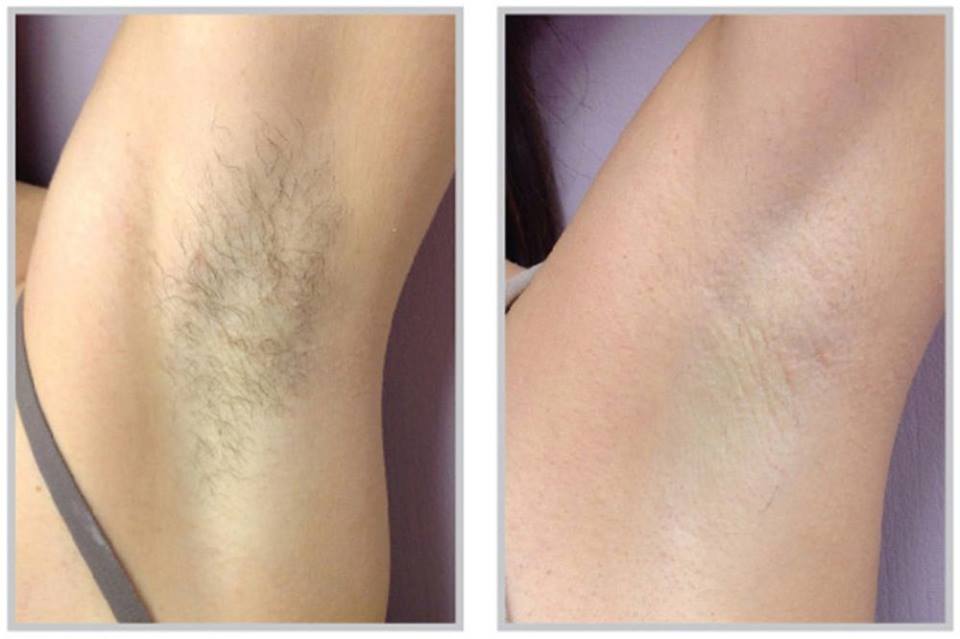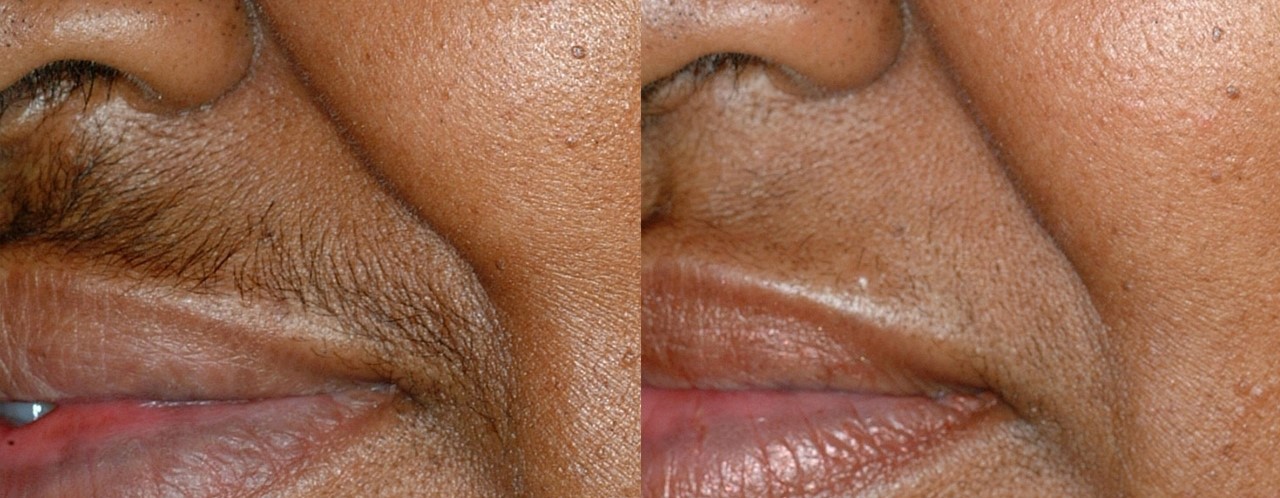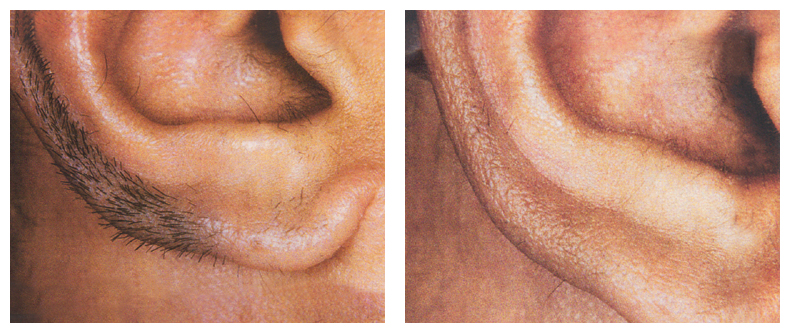
Introduction
Starting the process of removing unwanted body hair with laser machines can seem like a big decision, but the sooner you get started the sooner you will start seeing amazing results.
Laser hair reduction has become a popular alternative to shaving, waxing, plucking, threading and chemical hair removal in the last decade for good reason. It’s more convenient than waxing, safer than chemicals that can burn skin, and less time-consuming than shaving every few days. If you’re thinking about getting rid of your unwanted hair permanently, you should definitely go for this treatment. This cosmetic procedure allows for safe and effective removal of body hair with lasting results.
Laser hair reduction is the most effective and safe way to get rid of unwanted hair. As the name suggests, a specially designed laser is used to remove unwanted hair by damaging follicles and disabling them from producing more hair. At PARI Skin & Hair Clinic, laser treatments are performed by highly experienced doctor team, using US FDA-approved gentle & non-invasive Nd:YAG & Diode laser technology.
The laser produces energy, which is able to target the hair follicle due to its contrasting color as compared to the surrounding skin. The laser pulses attack the follicles and damage them, preventing their ability to produce new hair. The number of laser hair reduction sessions required will depend on the color and coarseness of your hair, hormonal influences, and area of your body. The average number of sessions that it takes to eliminate the vast majority of unwanted hair is eight to ten, each spaced four to six weeks apart. Unlike shaving or waxing yourself at home, the probability of irritation at the treatment site is very minimal and using lasers will help prevent ingrown hairs and razor bumps.
What is Laser Hair Reduction?
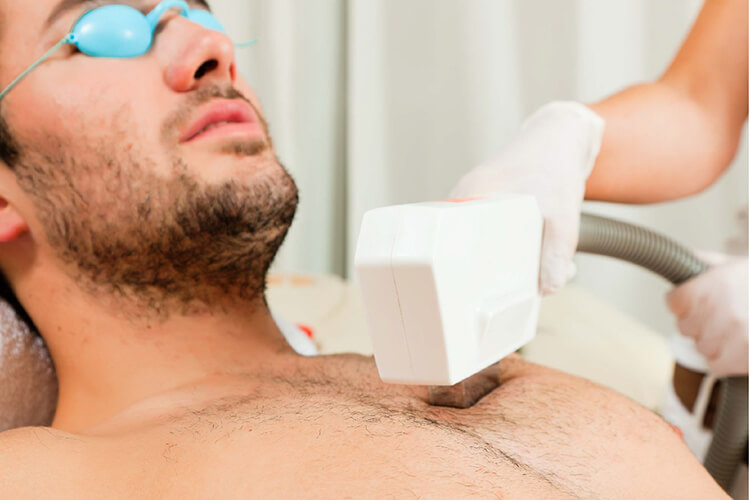
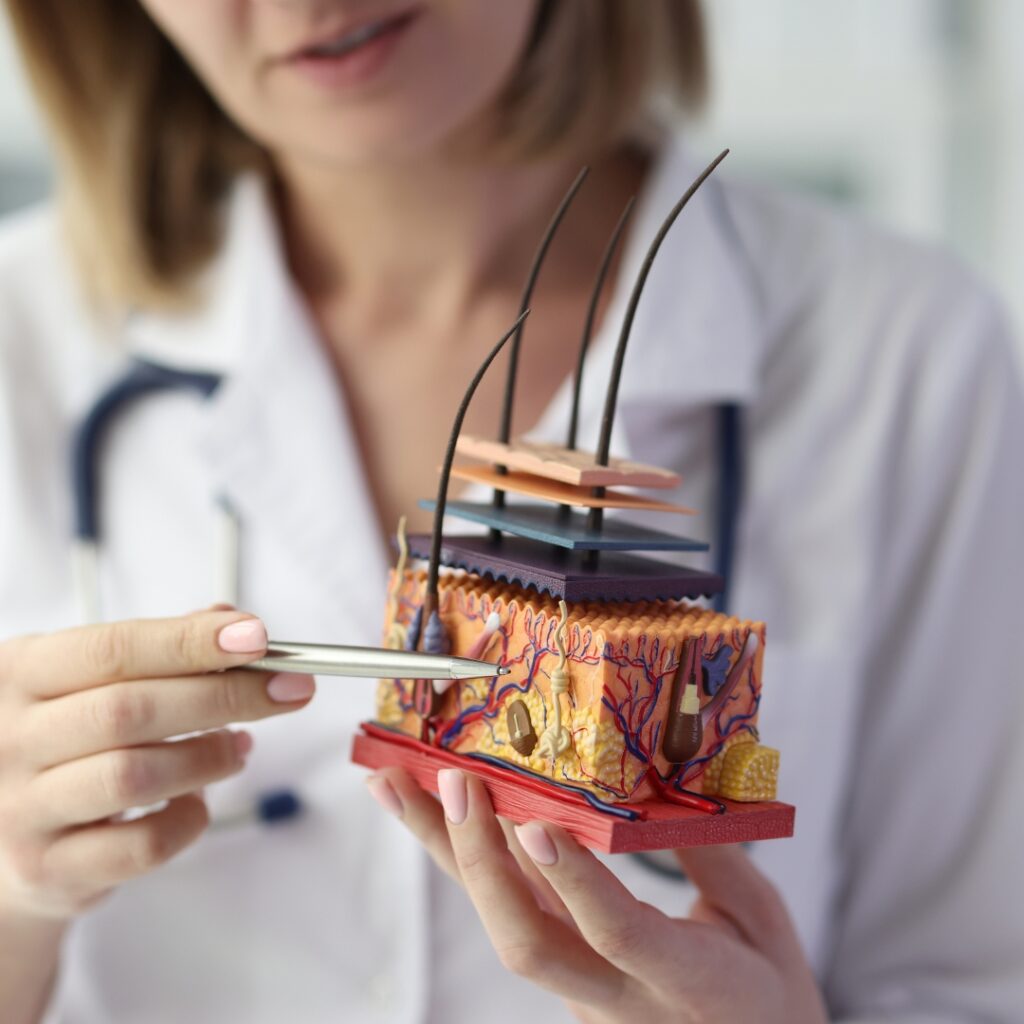
Science behind the Cause
No matter which laser or light-based device is used, the concept of how laser hair reduction works is the same – selective photothermolysis. The “selective” in the case of this treatment means that the lasers are more highly absorbed by some things than others. The lasers used for laser hair reduction are specifically chosen because their wavelength is more highly absorbed by darker colors than lighter ones. This concept is exploited in laser hair reduction because there is more melanin in hair (the dark pigment that gives our skin and hair color) than there is in the surrounding skin. “Photothermolysis” basically means using light (photo) to create heat (thermo) to destroy cells. As the laser passes over the skin, it is absorbed by all the pigments in the skin and hair. As the pigment absorbs the light, it changes that light energy into heat energy. The more pigment there is, the more heat is produced. Because dark hair has much more pigment than the surrounding skin, it absorbs more light
and creates more heat than the surrounding skin. As that heat is generated very quickly, it radiates out from the hair shaft almost like a shockwave, and in so doing, it superheats the hair follicle, where the papilla that feeds and grows the hair lies. If enough heat is generated, it can kill (lysis) the cells in the hair follicle and prevent it from ever growing a hair again.
For this concept to work, there are a few conditions that have to be met:
- As mentioned above, the hair must be dark. If there is no melanin in the hair, such that it is white, gray, or blonde, laser hair reduction cannot work. Even red hair does not absorb the light well because it has a different kind of melanin than brown or black hair. This also means that thicker hairs (simply because they are bigger and hold more melanin) tend to be better treated than finer hairs.
- The hair must be in the hair follicle. If it is pulled out by waxing, tweezing, threading, etc., there is no “heating coil” to absorb the light energy and create heat to kill the follicle. Since the hair follicle has no melanin itself, there is currently no way to target the follicle directly, only indirectly through the hair.
- Only a certain percentage of hair follicles can be destroyed at any one time because hairs must be targeted when they are in the “anagen” or growth stage, one of three phases of the natural hair production cycle. Different body parts have differing numbers of hairs in the “anagen” phase at any one time, the scalp being the highest, with about 70% of hairs actively growing at once. As a result, multiple treatments are necessary.
- While all skin types can be treated (given the appropriate laser), the greater the difference in pigmentation between the skin and the hair, generally the better the result. The darker an individual’s skin becomes, the more melanin they have, and the skin begins to heat more with the application of laser or light. Therefore, darker-skinned individuals must be treated with the appropriate wavelengths and devices at lower energy levels, and often require more treatments to attain good hair reduction.
When Is the Best Time to Get Laser Hair Reduction?
Laser hair reduction treatment, with the right machine, is a great option for almost anyone. We have treated patients of all genders, skin tones, ages, and with a variety of medical histories. You do need to have a distinguishable contrast between your skin tone and your skin color – but don’t worry, the newest lasers on the market have become very sensitive to this need. You also need to be hormonally stable; that is why we don’t suggest starting laser hair reduction when you are pregnant, breastfeeding, going through puberty or menopause. You may also require hormonal medical treatment depending on clinical and laboratory findings, as evaluated by our dermatologist.
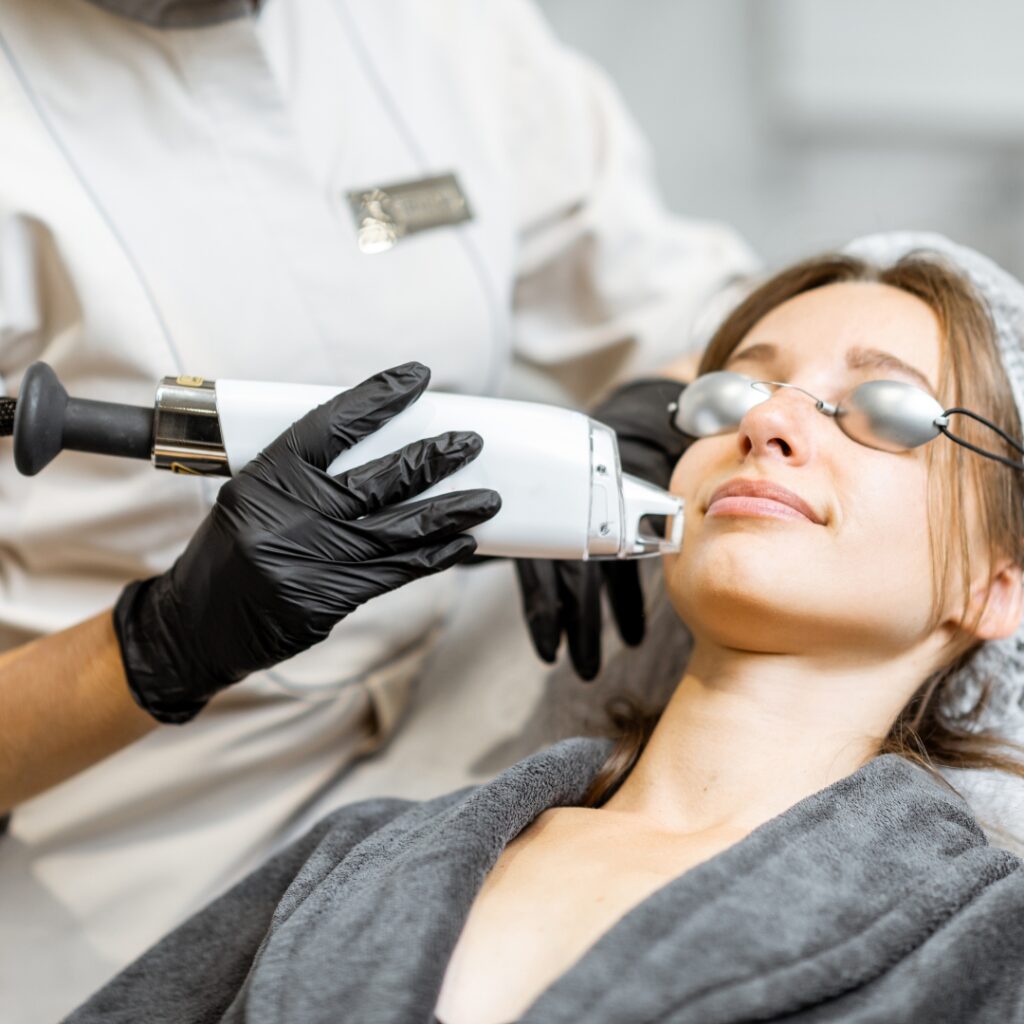
10 Benefits of Laser Hair Reduction
Laser hair reduction can provide a wide range of benefits for many different reasons. Here are ten of the best:
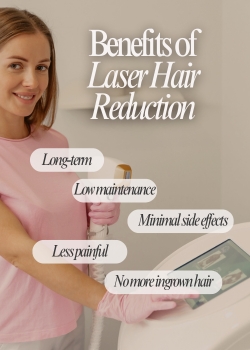
Once the hair follicles have been destroyed, they will not grow back. This means that you can say goodbye to unwanted hair for good and get lasting results.
Laser hair reduction is a wise investment for anyone who seeks a permanent solution for hair removal. Annual touch-ups are recommended, but that’s nothing compared to the time you would have spent shaving!
With advancements in laser treatments, they have become less painful and more effective, thus reducing the severity and number of side-effects. The most common side effect is follicular edema: redness at the follicle that lasts 24-48 hours.
Laser hair reduction sessions are short. Small body areas (lip, underarms, bikini) only take 15 minutes! Even larger areas will only take up a small fraction of your day.
Laser hair reduction treatments eliminate ingrown hairs, minimizing the risk of inflammation, bumps, and itching.
Laser hair reduction is a less painful option compared to other methods of hair removal including waxing, tweezing and threading.
Thanks to new advances in laser hair reduction technology, people with dark skin tones now enjoy the same level of safety as those with lighter complexions. And you can depend on no more razor cuts that can lead to unsightly scars.
The precision of laser hair reduction makes it ideal for removing specific hairs, such as those in a particular area or on a small section of skin. We can treat between your eyebrows or even shape your beard.
In addition to reducing hair, laser treatments can reduce the frequency and severity of acne breakouts. It can also prevent the dark marks that are secondary to skin irritation and help improve tone and texture.
Laser hair reduction saves so much time that is otherwise spent on grooming.
BONUS: Cost
The upfront cost of laser hair reduction can seem discouraging, but if you add up all the trips to the salon, razors, shaving cream, and your valuable time, you will find that it isn’t hard to break even by committing to this long-term solution.
What to Expect During a Laser Hair Reduction Session?
During the procedure, you will be given protective eye wear and the laser equipment settings will be adjusted for each patient. A cold gel or a cooling device may also be applied to protect outer skin areas during treatment.
During the laser treatment, pulses of light will be delivered in the area being treated and you may feel slight discomfort. This has been described as feeling like a warm pinprick or having a rubber band snapped against your skin. The first treatment tends to cause more discomfort than subsequent treatments.
The procedure itself varies in length depending on the area being treated, but can last anywhere from a few minutes up to an hour or longer. Once it’s over you may be given lotions, anti-inflammatory creams or ice packs for relief of any lingering pain.
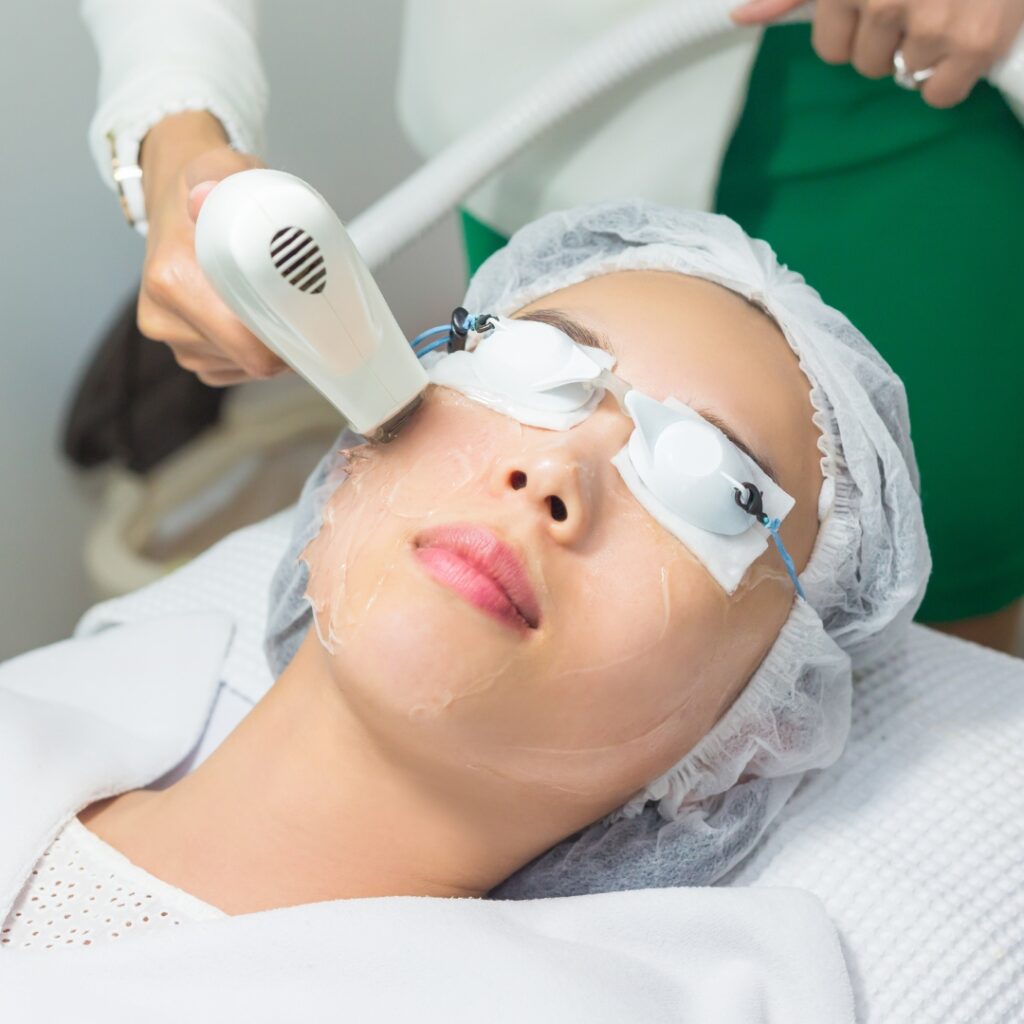

Prevention and Management
To maintain your treatment results, follow these tips:
- Use sunscreen on treated areas after laser hair reduction treatment. It controls sun exposure, preventing any side effects like hyperpigmentation.
- Keeping your skin hydrated helps maintain its health during the treatment process.
- It is best advised to not wax, shave, or use any other alternative to remove body hair about 2-3 weeks pre-treatment.
- Sun exposure should also be avoided pre-treatment. The advised time limit is seven-eight days.
- Moisturise well pre-treatment as well as post-treatment.
- Avoid hot showers for 24-48 hours post-treatment. It can irritate the treated skin resulting in irritation, redness and can even lead to hyperpigmentation.
- Schedule maintenance sessions as recommended by your dermatologist at PARI.
How Long Does It Take to See Results?
After each sequential treatment, you will see an accumulation of results. Generally, thinning of the hair is the first step, and you can see this after one or two sessions. Once the follicles have been effectively weakened, it may take several days to weeks for the treated hair follicles to completely shed. The hairs do not fall out immediately and during this period, it can look like continued growth is occurring.
Results may depend on factors like hair thickness and density. Laser hair reduction is often effective at delaying growth for months or years but doesn’t always result in permanent removal.
After the first treatment, you can expect 10% to 15% less hair than before. Most patients need 8–10 laser treatments. After finishing the treatments, most patients do not see any hair on their treated skin for several months or even years—and when it does grow back, there tends to be much less of it and its color is lighter as well.

How Long Do Results Last?

Most people experience hair reduction that lasts for years. When laser hair reduction is done correctly, and the person’s skin type matches well with treatment settings, permanent results are possible. But sometimes regrowth occurs—hair may be finer or lighter than before but still visible to the naked eye. If you are young (teens and 20s) or go through a major hormonal change (pregnancy) after your original treatments, then it is probable that you will develop new hair follicles that produce new hair during your lifetime.
This new hair growth cannot be prevented, but luckily can be treated with another round of laser hair reduction. In general, patients need to understand that the purpose of treatment is to decrease the amount and thickness of hair in the treated sites.

